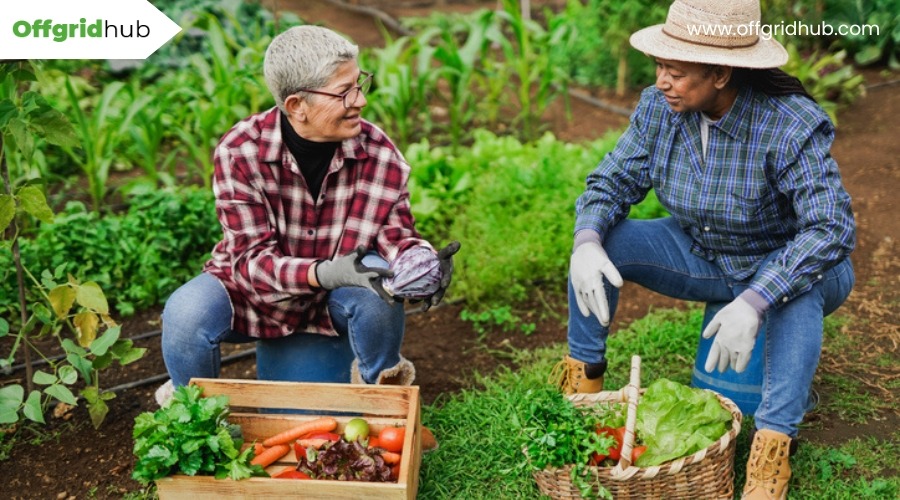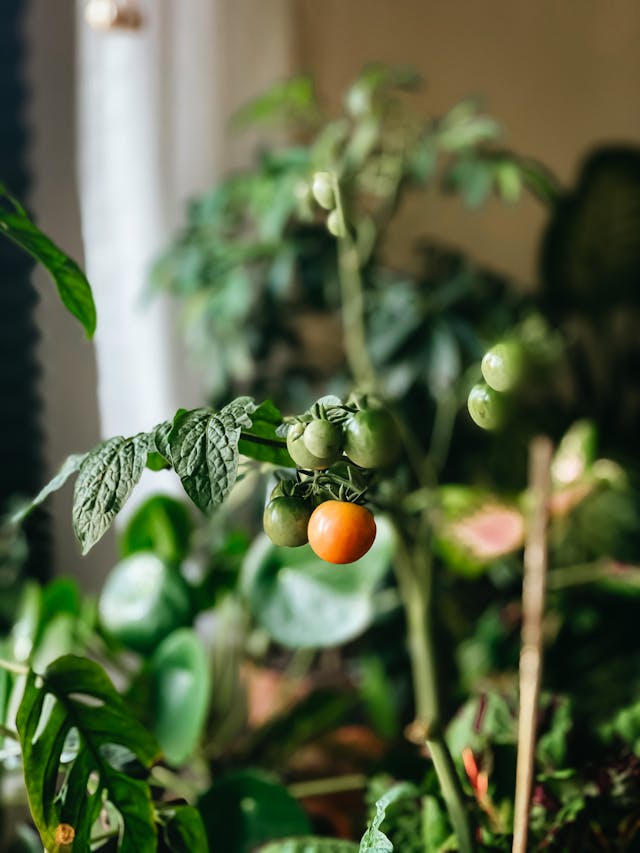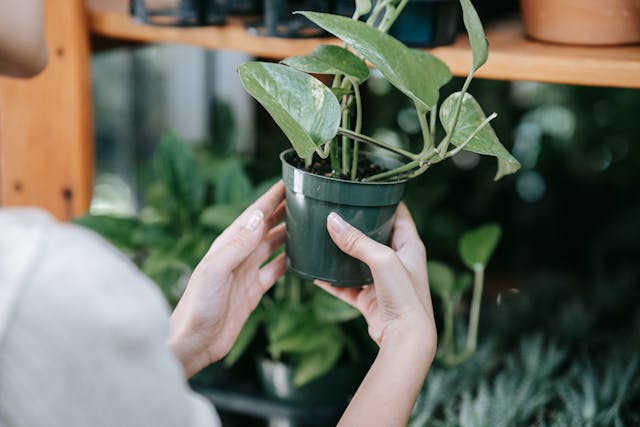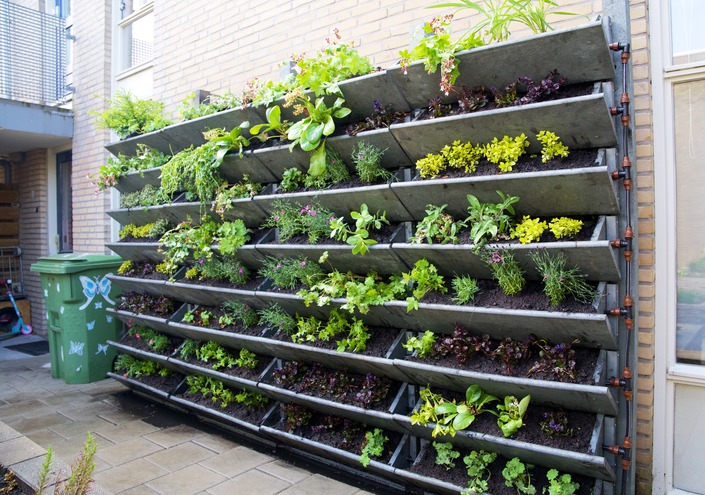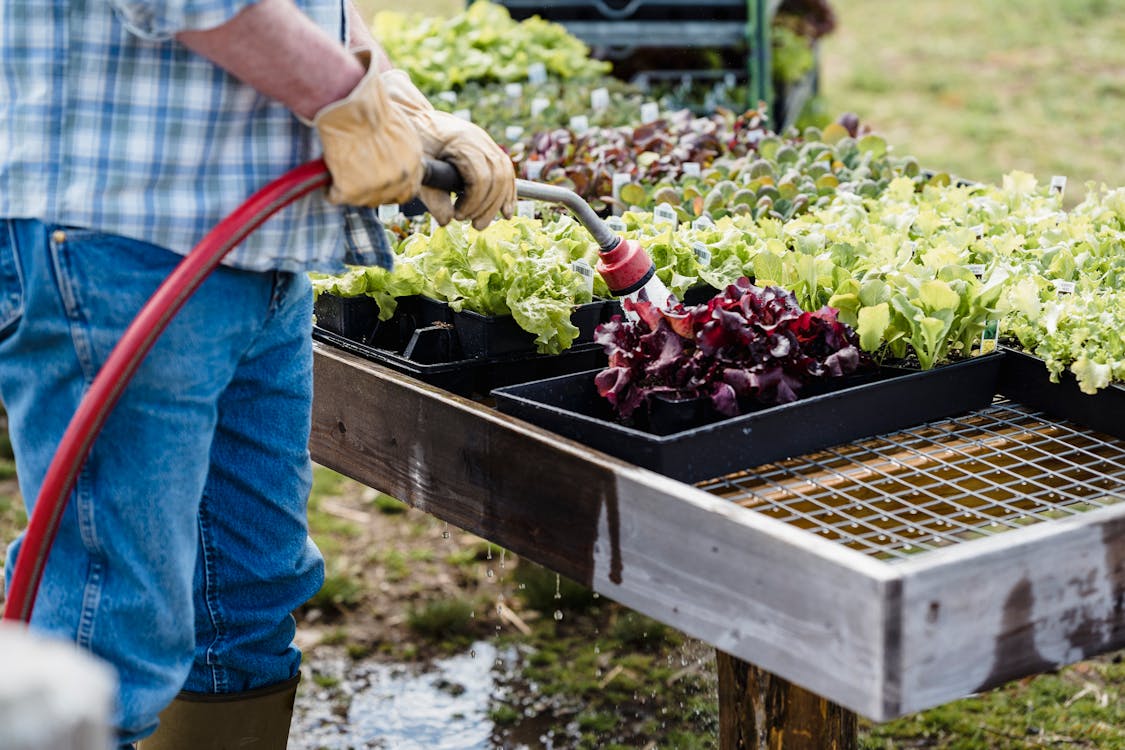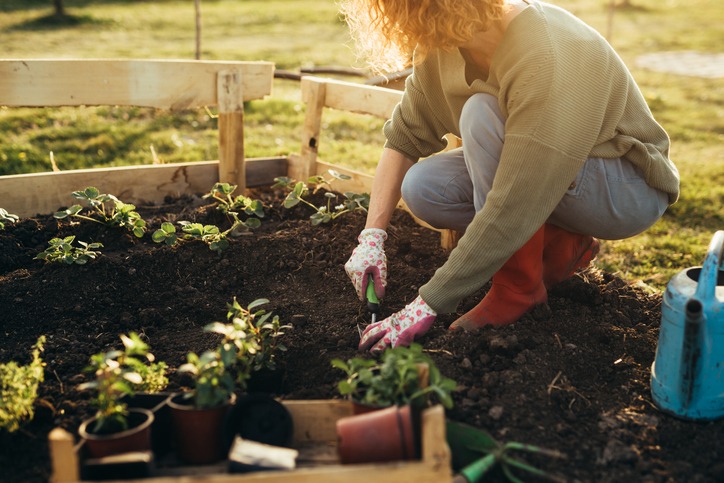Navigating the tight ship of gardening in small spaces requires a captain’s keen eye for maximizing every inch of deck. You’ll need to choose plants wisely, opting for varieties that don’t demand sprawling room to flourish.
Containers become your best friends, offering the flexibility to turn even the tiniest balcony into a productive garden. But how do you ensure these plants thrive, not just survive? The secret lies in understanding the art of vertical gardening and the rhythm of succession planting.
Stick around, and you’ll uncover how to transform your cramped quarters into a bountiful oasis.
Choosing Suitable Plants
When selecting plants for your small garden, it’s essential to choose compact varieties like cherry tomatoes and dwarf peppers to make the most out of limited space. These plants not only fit snugly into tighter areas but also yield a bountiful harvest, ensuring you don’t miss out on the joys of gardening due to spatial constraints. Incorporating herbs and leafy greens can further enhance your small garden’s productivity, as these can thrive even in the most compact of spaces.
Opting for determinate tomatoes and compact cucumbers is another smart move for efficient food production. These varieties are designed to grow to a certain size and then stop, making them ideal for small space gardening. Moreover, small-statured vegetables such as radishes and salad greens are perfect for quick harvesting cycles, allowing you to grow more in less time.
Don’t forget to include strawberries in your planting plan. These space-saving plants not only add a sweet treat to your harvest but also can be grown vertically, saving precious ground space. By carefully selecting these compact varieties, you’ll maximize your garden’s yield and enjoy a diverse range of foods from your small space.
Utilizing Containers
After selecting the right plants for your small garden, it’s time to explore how containers can significantly enhance your gardening experience. Containers are a game-changer in urban gardening, especially when space is at a premium. They allow you to grow a diverse range of vegetables, herbs, and flowers, right from your balcony, patio, or windowsill. The key is to choose containers with proper drainage holes to prevent waterlogging and ensure your plants thrive.
Using lightweight containers is also a smart move. They’re not only convenient to move around, ensuring your plants get the optimal sunlight exposure, but they also make the whole gardening process less of a hassle. Plus, the design and arrangement possibilities are endless, allowing your creativity to flourish in small spaces.
Here’s a quick glance at why containers are your best bet for small-space gardening:
| Containers | Benefits | Ideal For |
|---|---|---|
| With drainage | Prevents waterlogging | All plant types |
| Lightweight | Easy to move | Adjusting sun exposure |
| Versatile design | Enhances aesthetic appeal | Herbs, vegetables, flowers |
Container gardening is not just convenient; it’s a stylish way to bring life and color to your urban oasis.
Embracing Vertical Gardening
Turning to vertical gardening, you’ll unlock the potential of your limited space by utilizing every available vertical surface for growing plants. This approach not only maximizes your garden area but also leads to increased productivity, making it perfect for small spaces.
Here are four reasons why vertical gardening should be your go-to solution:
- Space-Saving: By growing plants like peas, cucumbers, and pole beans vertically, you can save valuable ground space. This method allows you to grow more in less area, making it ideal for balconies, patios, or small backyard gardens.
- Utilizing Recycled Materials: Recycled pallets, rain gutters, and hanging planters offer creative and eco-friendly ways to set up your vertical garden. These materials can be easily adapted for growing a variety of plants, adding both functionality and aesthetic appeal to your space.
- Increased Productivity: Vertical gardening can lead to healthier plants and higher yields. Elevating plants off the ground reduces pest damage and facilitates better air circulation, minimizing the risk of diseases.
- Support with Slings: For heavier fruits like melons and squashes, using slings in your vertical setup can prevent damage to the plants and fruits, ensuring that your garden remains productive and beautiful.
Succession Planting Strategies
To maximize your garden’s yield in small spaces, consider implementing succession planting strategies that ensure a continuous harvest. This approach involves staggering plantings, particularly of short-season vegetables like lettuce, radishes, and peas, so you’re not left waiting long periods without anything to harvest. By planting these in intervals, you can enjoy a steady flow of fresh produce throughout the summer.
Succession planting not only maximizes space but also guarantees a consistent yield. Instead of planting all your seeds at once, spacing out your planting schedule allows each plant to have its moment, ensuring that your gardening space is used efficiently and productively. This method is especially beneficial in small gardens, where every inch counts.
Furthermore, learning about and applying succession planting techniques can significantly increase the productivity of your gardening efforts. It’s about smart planning and understanding the growth cycles of your plants. With a bit of strategic timing, you’ll find that even the smallest gardening space can produce an impressive array of vegetables, keeping your kitchen stocked with fresh produce from early spring until fall. By embracing succession planting, you’re not just gardening—you’re maximizing every square inch for a continuous, bountiful harvest.
Incorporating Raised Beds
Building on the strategy of succession planting, incorporating raised beds can significantly amplify your garden’s productivity in small spaces. Raised beds are a game-changer in small-space gardening, turning your limited area into a vegetable-growing powerhouse. They’re not just efficient; they revolutionize how you approach gardening in a small garden.
Here’s how raised beds can transform your gardening experience:
- Maximize Productivity: Raised beds increase produce yield up to 10 times in the same space. This efficiency is crucial when you’re trying to grow as much as possible in a small area.
- Control and Maintenance: They create a controlled environment that prevents weeds, reduces water runoff, and minimizes pest issues, making your gardening efforts more focused and less labor-intensive.
- Extend the Growing Season: The improved drainage and warmer soil in a raised bed can extend your growing season, allowing you to grow a wider variety of crops over a longer period.
- Simplicity: Building a raised garden bed is straightforward, enhancing your ability to succeed in gardening within limited spaces.
Incorporating raised beds into your small garden isn’t just about growing more vegetables; it’s about making your gardening efficient, manageable, and rewarding, even when space is at a premium.
Creative Space Management
When managing a small garden, creatively maximizing your available space is key to boosting your food production. By implementing raised beds, you’re not only optimizing space but also enhancing drainage and yield. Don’t overlook vertical gardening techniques like trellises and hanging baskets; they’re game-changers for small areas, allowing you to grow upwards and free up precious ground space.
Keyhole gardens, with their composting towers, offer an ingenious space management solution, delivering nutrients directly to your plants while maintaining a compact footprint. If you’re looking to blend aesthetics with productivity, edible landscaping and permascaping transform your lawn or patio into a lush, food-bearing oasis without needing extra acreage.
For those with extremely limited space, container gardening provides a flexible option, enabling you to grow a variety of plants in pots that can be rearranged as needed. And don’t forget the power of community gardening; it’s a fantastic way to expand your gardening possibilities through shared resources and knowledge, making the most of every available space. Together, these strategies ensure that even the smallest of gardens can yield a bountiful harvest.
Conclusion
In conclusion, you’ve got all the tools to transform your small space into a thriving garden. By choosing the right plants, making the most of containers, and going vertical, you’re well on your way.
Don’t forget to stagger your planting for a continuous harvest and get creative with raised beds to boost your garden’s productivity. With a little planning and innovation, you’ll be amazed at how much food you can produce, no matter the size of your gardening space.
